The latest release from UK publishing house Bio Editions is a photography book from John Fekner, entitled ‘Detective Show’. Featuring a foreword by legendary art critic, Carlo McCormick, the title explores the formative steps of street-art-as-installation, transporting readers back to 1970s Queens, New York, and shining a light on an era of authentic, artistic freedom.
Detective Show maps the conception and creation of a strikingly unique outdoor urban art event organised in 1978, spanning the breadth of an unloved park in Jackson Heights, Queens, NYC. Contributors included Fekner himself, Don Leicht, and numerous acclaimed artists, including Richard Artschwager and Gordon Matta-Clark.
Fekner ultimately decided to invite those he shared studio space with in the P.S.1 Contemporary Art Center to join him in hiding works across the park, including Richard Artschwager, Gordon Matta-Clark, Len Bellinger, Don Leicht, Frances Hynes, Claudia DeMonte and Karen Shaw among others.
Envisioned as a ‘beyond the visible’ hide-and-seek art game of sorts, with visitors given clues and urged to seek out the works strewn across the concrete expanses or even hidden among the trees, Fekner’s objective was simply to create thoughtful interaction with surroundings through art, to the benefit of the public, young and old alike. The end result, he hoped, would provide what he thought of as ‘the magic of discovery by happenstance’.
Careful to ensure that the painted and sculpted contributions worked in harmony with the space, Fekner notes he “had to place some restrictions on the artists – no monumental stuff that might disturb the park.”
Interspersed between photographs documenting the scope and joy of the show, artists fondly recall a period of artistic freedom that felt unencumbered by the trappings of commercial art.
“It’s hard to remember what an exciting and different time 1978 was in the art world. It was pre-PR machines, hype, mega-money, business plans,” notes DeMonte.
“For a few weeks in the spring of 1978, about two hundred kids were exposed to original artwork in their own backyard, by some of the most renowned artists of the day,” adds Dave Santaniello, “and that experience changed their perception of their environment forever.”
Fekner himself was particularly pleased by the low-key nature of the show’s impact: “The Detective Show was quite unlike current street art festivals with their spectacular large murals, bright colours and street fair atmosphere.
“The show was quiet and removed; distanced from the usual New York art world locations and audiences. Extremely low key, it was a temporary art installation about subtlety, nuance, and the magic of discovery by happenstance.”
Many of the artists involved in the show have since gone on to become revered names within the contemporary art world, some were renowned before they took part, and others went on to teach, or lead ‘ordinary’ lives. This only serves to further act as tribute to a show that was created with solely the art and those who would experience it in mind, a great unifying cause for creators that urged others to look for beauty in hidden places.
In notable contrast to today’s large scale mural-style street art festivals, this 84-page book charts an ideologically-pure reinvention of the urban landscape for the benefit of all, made without corporate sponsorship or underlying motives.
Like the show itself, the book – which includes numerous lovingly-printed photographs documenting the event, flyers, newspaper clippings & other ephemera, and written recollections by many of the artists themselves – is a love letter to the innovation of art within public spaces.
Two editions of the book, including those featuring limited-edition prints, will be available from 5pm on 1st December 2022.
In addition to the first Edition of 450, Bio will also release a special edition of 78, signed by John Fekner. These are sold along with a limited edition gicleé print with silkscreen varnish, signed and numbered by the artist.
Detective Show will be available to order via Bio Editions’ website.
Photography courtesy John Fekner / Bio Editions




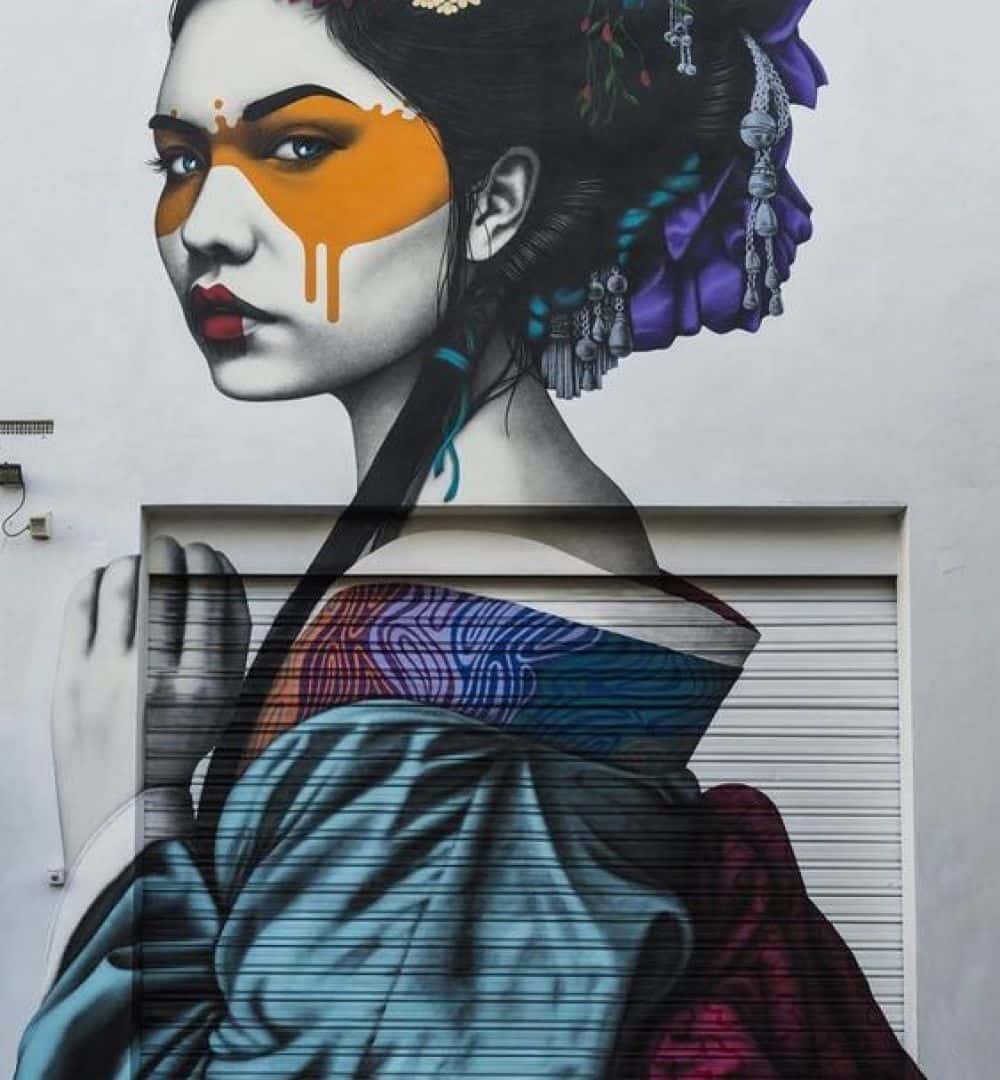

















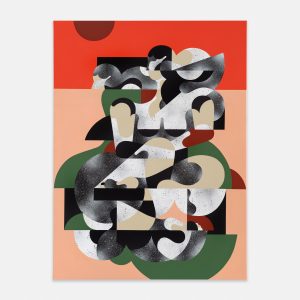



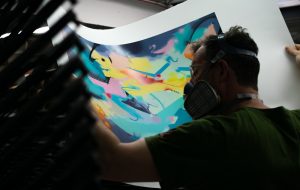


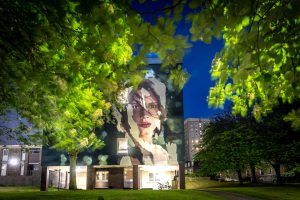










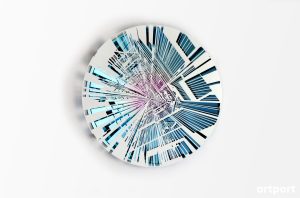
comment